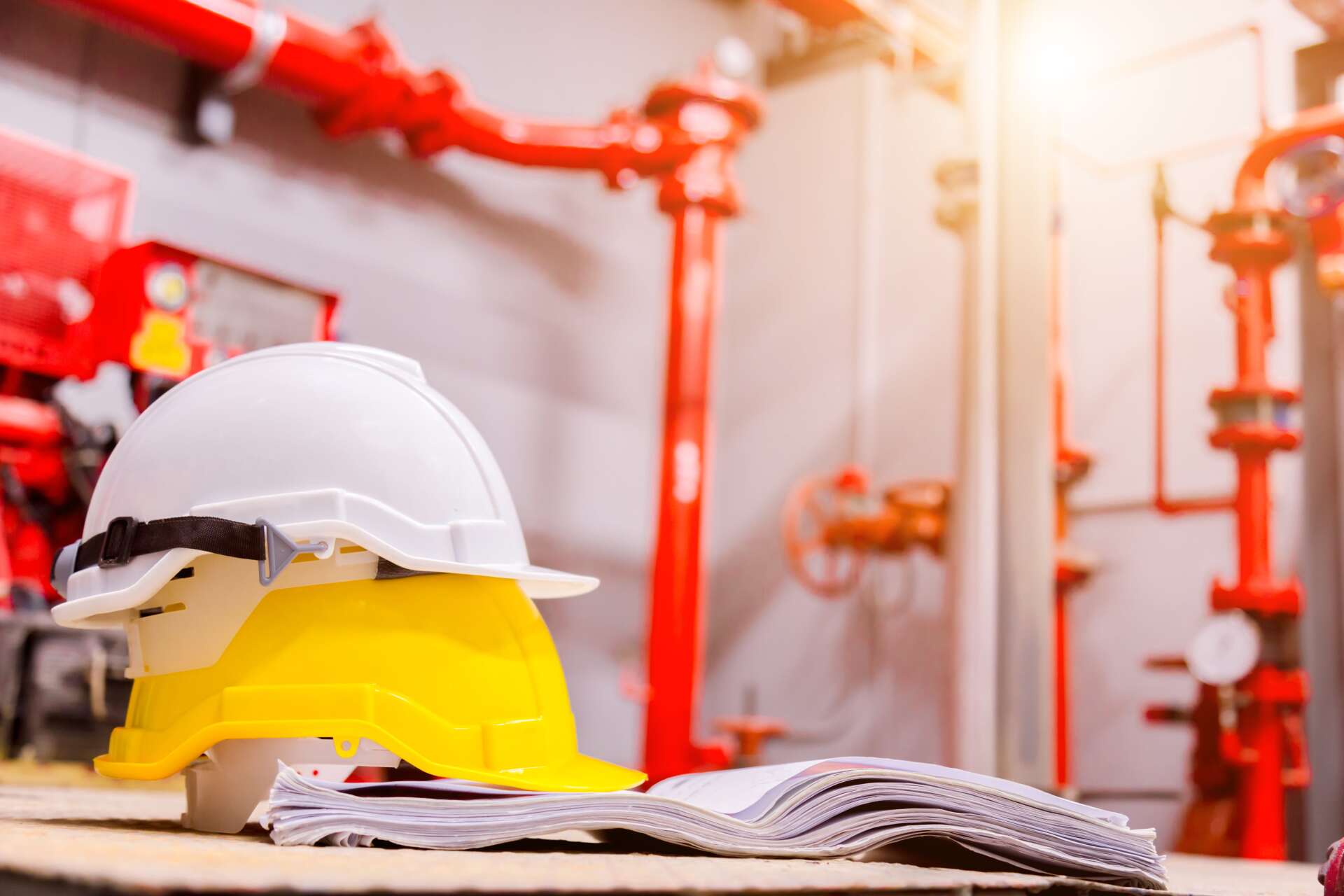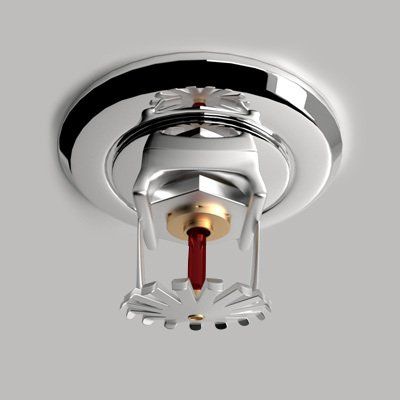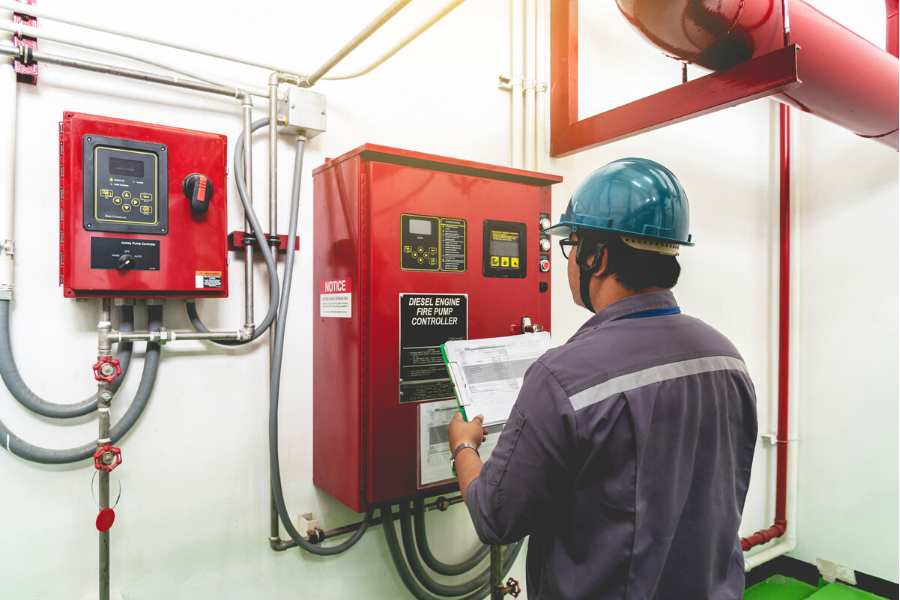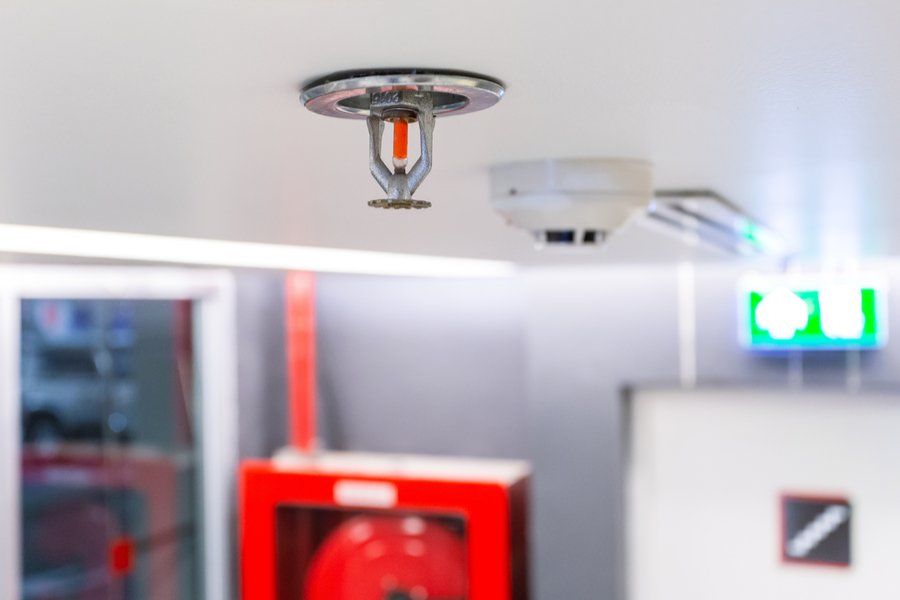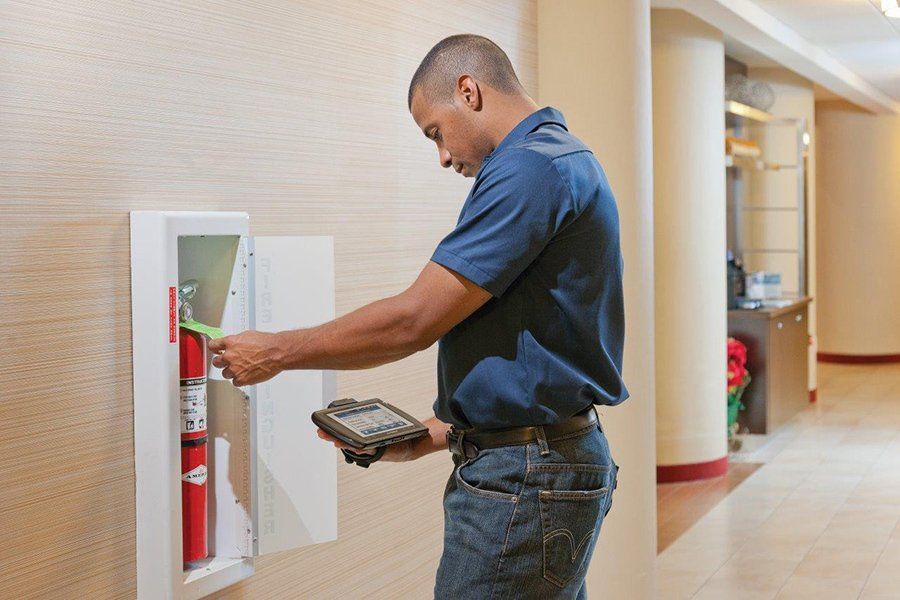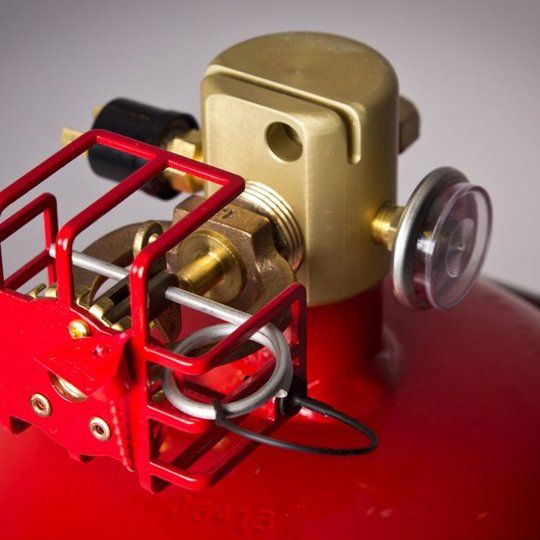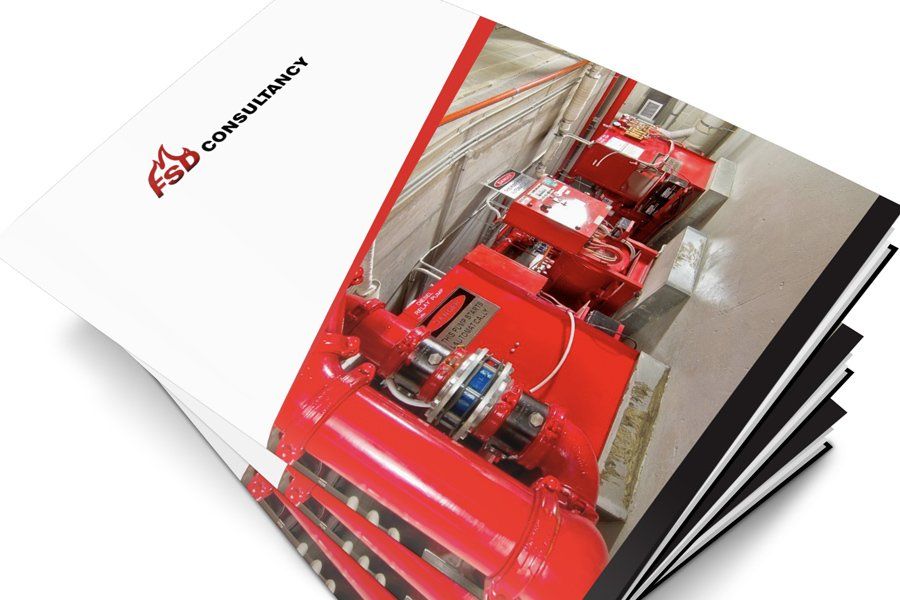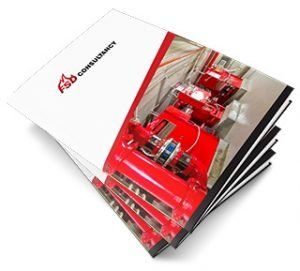Fire Extinguisher Classes: How to Choose the Right Type of Extinguisher
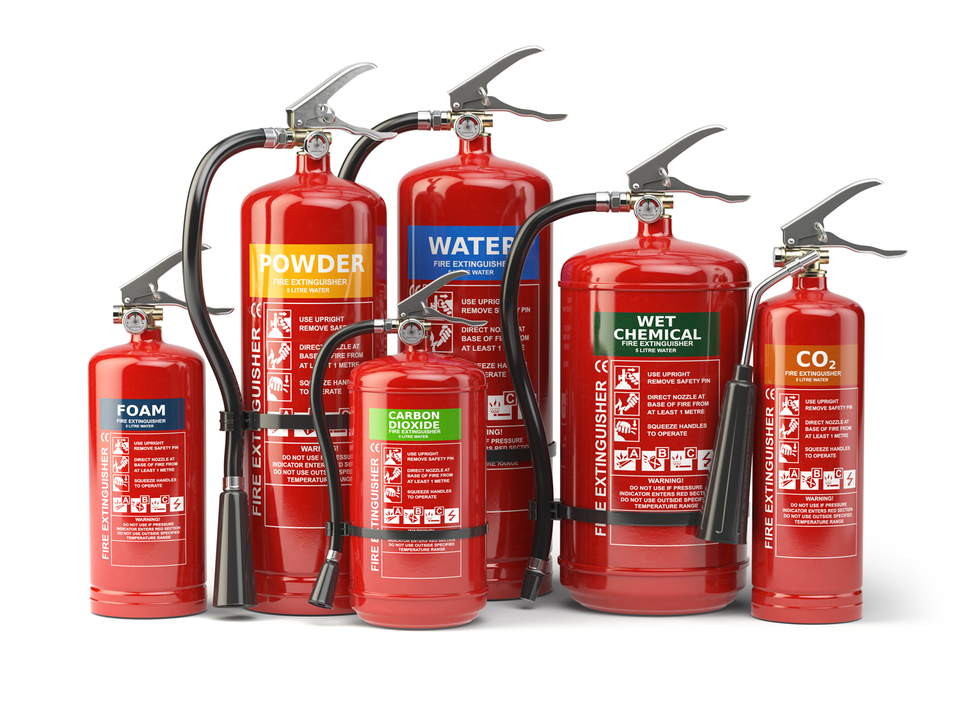
In New South Wales, the fire safety systems installed in a building are called Essential Fire Safety Measures.
These ensure the life safety of occupants in the event of an emergency or fire and can include portable fire extinguishers. With the proper use of portable fire extinguishers, you could eliminate or reduce the degree of injury, damage, and cost to building in the event of a small fire.
If portable fire extinguishers are installed in your building, they are required to be maintained in accordance with the requirements of the Environmental Planning and Assessment Regulation 2000, to ensure they are fully operational in the instance of a fire.
Get to Know the Different Fire Extinguisher Classes and Types
To complete your annual fire safety statements, you must get a competent fire safety practitioner to assess (inspect and verify) that Fire Safety Measures in your building are operating and performing as required.
When determining the class of fire extinguishers that is required it depends on where they have installed and the potential fire hazards and the class of fire that may occur.
Extinguisher types are defined by the type of extinguishing agent they use.
The following provides general information of portable fire extinguisher classes.
1. Class A and Class B Extinguishers
The more you know about fire extinguisher classes, the easier it’ll be to manage fire issues in your building.
With a Class A fire extinguisher, you’ll be able to handle typical fires that are rooted in carbon-based materials. These extinguishers put out fires that involve wood, paper, and textiles.
Class B fire extinguishers deal with caustic fluids. Some of these fluids include petrol and diesel fuel.
2. Class C and Class D Extinguishers
The Class C fire extinguisher put out fires that are the result of gases. Some of these gases might include methane and butane.
Class D fire extinguishers involve fires that were started due to burning metals. The burning metals that these extinguishers put out include magnesium and aluminum.
3. Class F and Class K Extinguishers
Class F and Class K fire extinguishers are also among the most common. With a Class F extinguisher, you are dealing with kitchen and restaurant-related fires.
A Class F fire extinguisher deals with cooking oils and animal product-based greases. Every kitchen needs to have these extinguishers, along with fire suppression systems.
Class K fire extinguishers also deal with cooking-related fires that spring out due to vegetable oils and animal product oils. These extinguishers are important if you have a commercial kitchen and need to protect your restaurant business.
4. Class E Extinguishers
You should also remain up to date with Class E fire extinguishers. With one of these models, you’re getting an extinguisher that is designed to put out electrical fires.
These fires come about due to sparks and other issues with electrical equipment. Without a Class E fire extinguisher, you are more likely to make the fire issue even worse if you don’t use these models.
The Class E extinguisher utilises dry powder as opposed to wet liquid suppressants.
Competent Fire Safety Practioners and Portable Fire Extinguishers
The points above will be helpful when you are trying to get the most out of your fire safety and protection needs. These models are the most common classes that you will come across.
FSD Consultancy are competent fire safety practitioners in the Fire Safety Assessment (FSA) class of FPAS accreditation and Fire Safety Measures (FSMs) for the purpose of informing an annual or supplementary fire safety statement, contact us on the web or pick up the phone and call at 02 9669 4032.
Our Services
- Final Fire Safety Certification
- Annual Fire Safety Statements
- Fire Engineering
- Fire Protection System Compliance Auditing
- I&T Maintenance Works Auditing
- Third Party Independent Certification
- Fire Order Review and Rectification
- Project Management of Fire Protection System Works
- Sprinkler & Hydrant Block Plans & Detection Zone Plans
- Evacuation Management Strategy, Plans and Training
- Fire Warden Training
- BCA Compliance Consultation

